Best foldable phones 2025: amazing folding phones and flip phones
Having tested all the best folding phones 2025, here are the best-of-best flips and foldables – and why to consider buying one

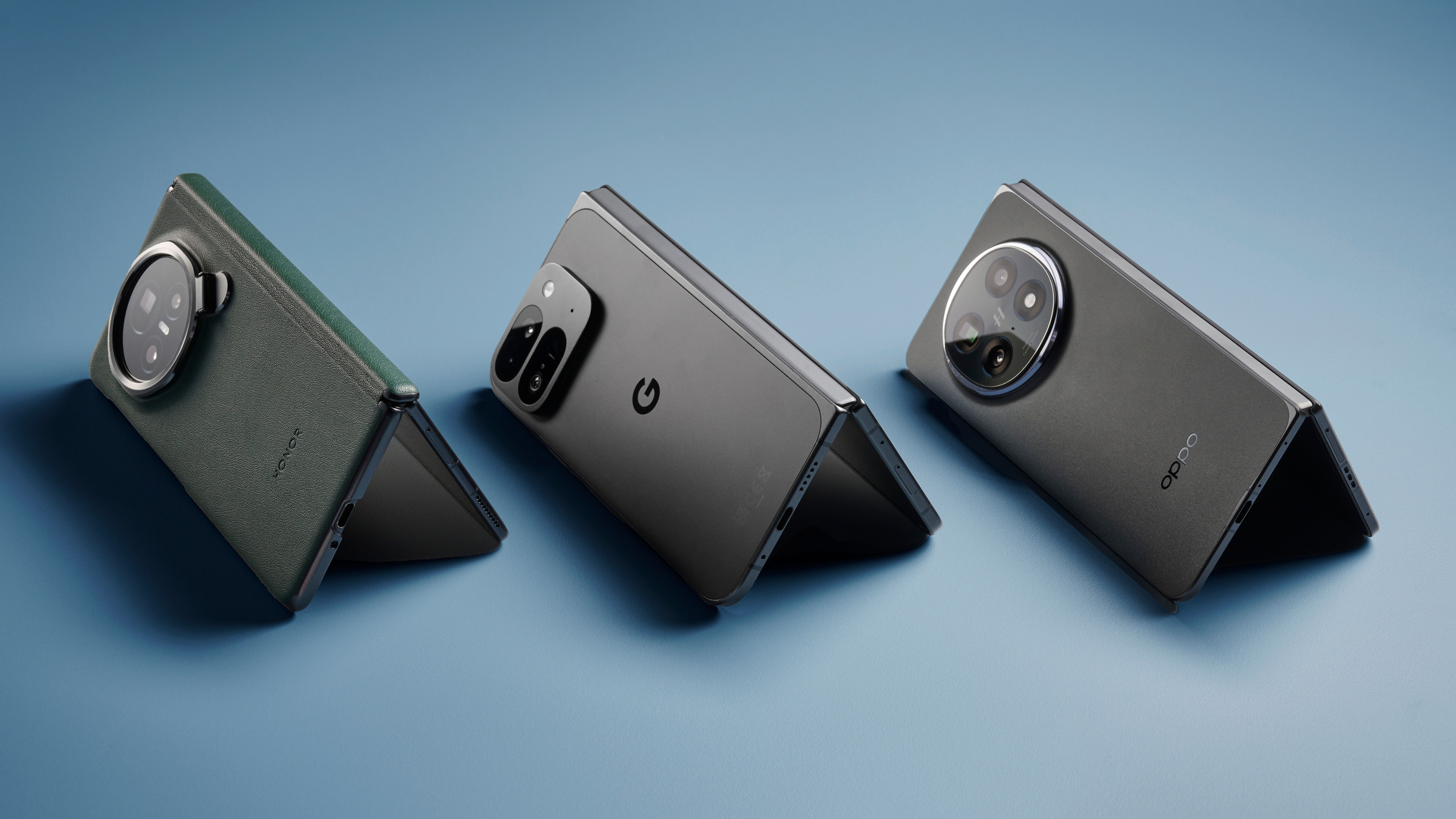
Lately the best foldable phones have gone from being unreliable and incredibly expensive, to dependable and slightly more affordable, thanks to research and development efforts – and now a lot more people can actually consider a foldable handset as a viable alternative to the typical best phones.
You'll find a couple of different form factors to choose between: book-like devices that open up to reveal a bigger tablet-sized screen; and clamshell-like phones, which typically house an at-a-glance cover display, but then can be flipped open (hence 'flip phones') to form a more regular-sized screen.
If you're in the market for one of the best folding phones then you've come to the right place. Here are the handsets genuinely worth considering, as tested and rated, so you can find the best foldable phone for you – and across a wide range of budgets from genuinely affordable to top-tier luxury.

Dave has been busy writing about headphones and audio hardware in general since before music turned digital – and that vast amount of experience means he's the ideal candidate to guide you to the best kit.
Update 5 August 2025: The foldable phones keep on arriving, and the T3 awards continue to be handed out, and so we've taken all of this into account in our fresh revamp of the best foldables you can buy today.
T3 Top Picks
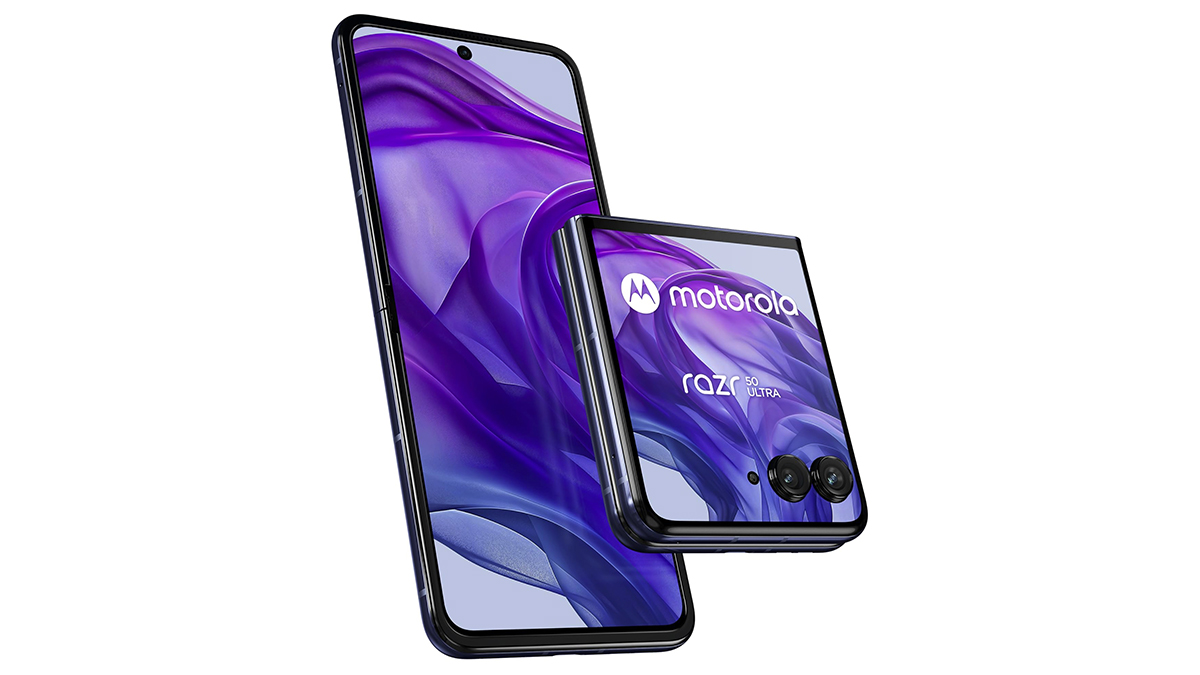
Best flip phone
The Motorola Razr 50 Ultra is our favourite flip phone at the moment, and it really isn't difficult to see why: it brings with it superb style, a couple of gorgeous screens, and all the right specs to make this a real winner.
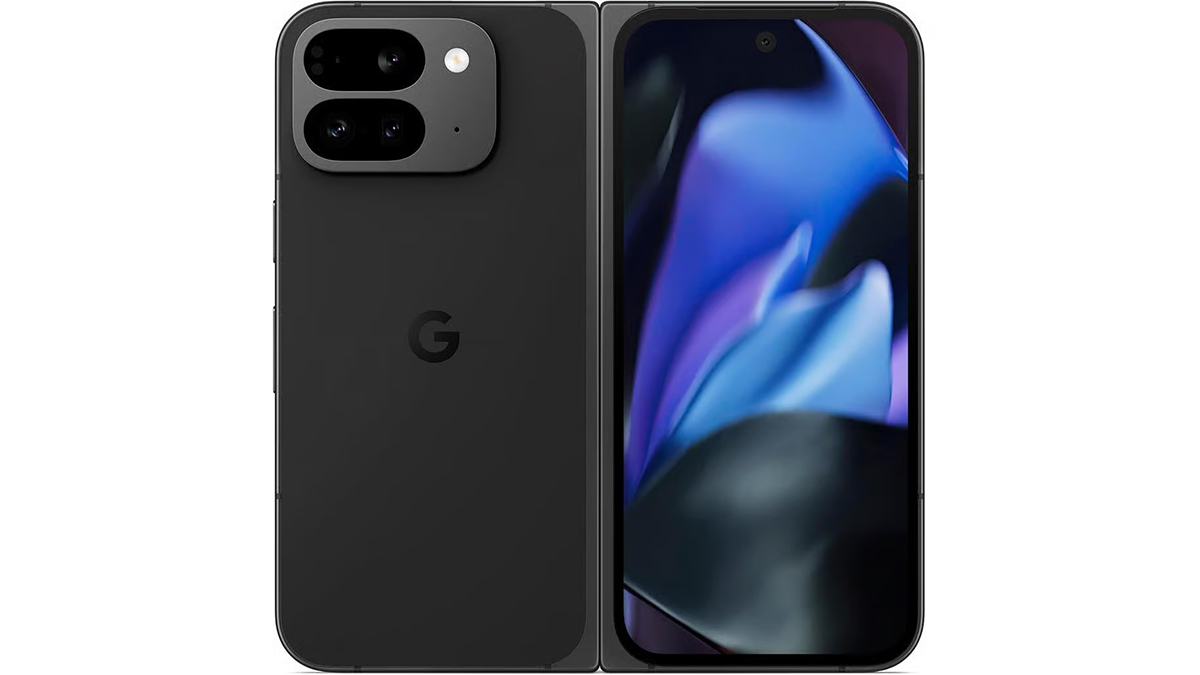
Best fold
All hail the Google Pixel 9 Pro Fold, which is currently our pick for the best book-style foldable out there. It's fast and reliable, it features top-tier components, and it's a great 'normal' phone when closed shut too.
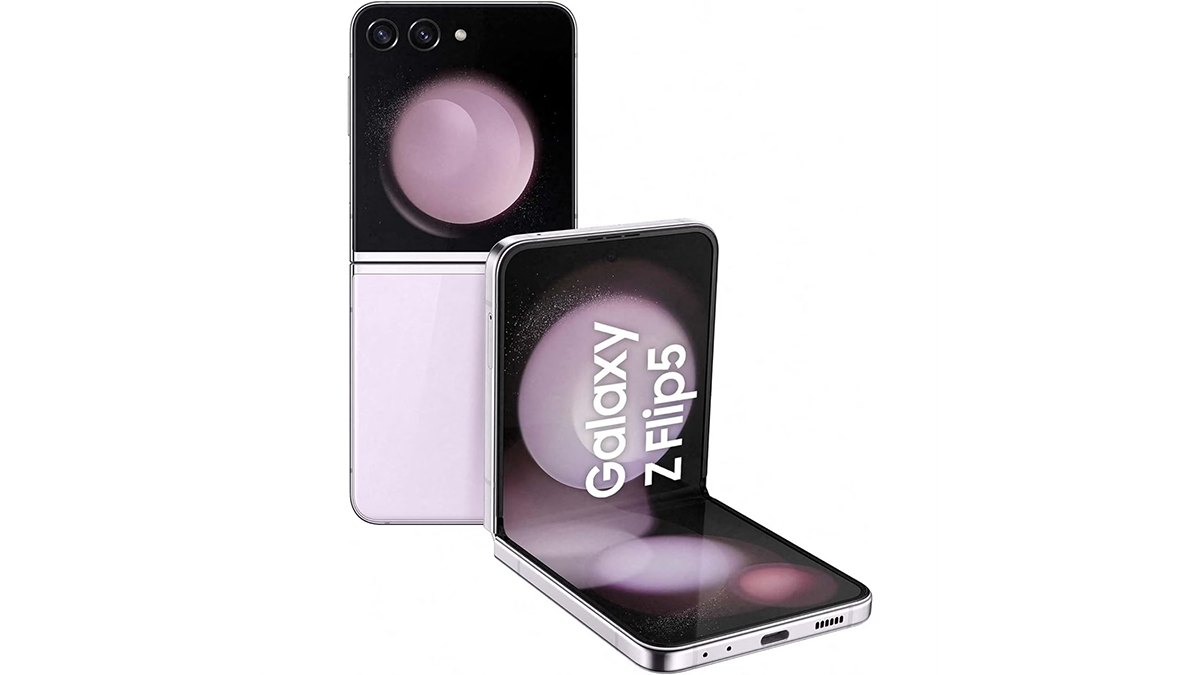
Best affordable
Foldable phones aren't as prohibitively expensive as they used to be, and in fact are gradually getting cheaper all the time – especially if you go for a model that's slightly older, as the Samsung Galaxy Z Flip 5 proves.
Best flip
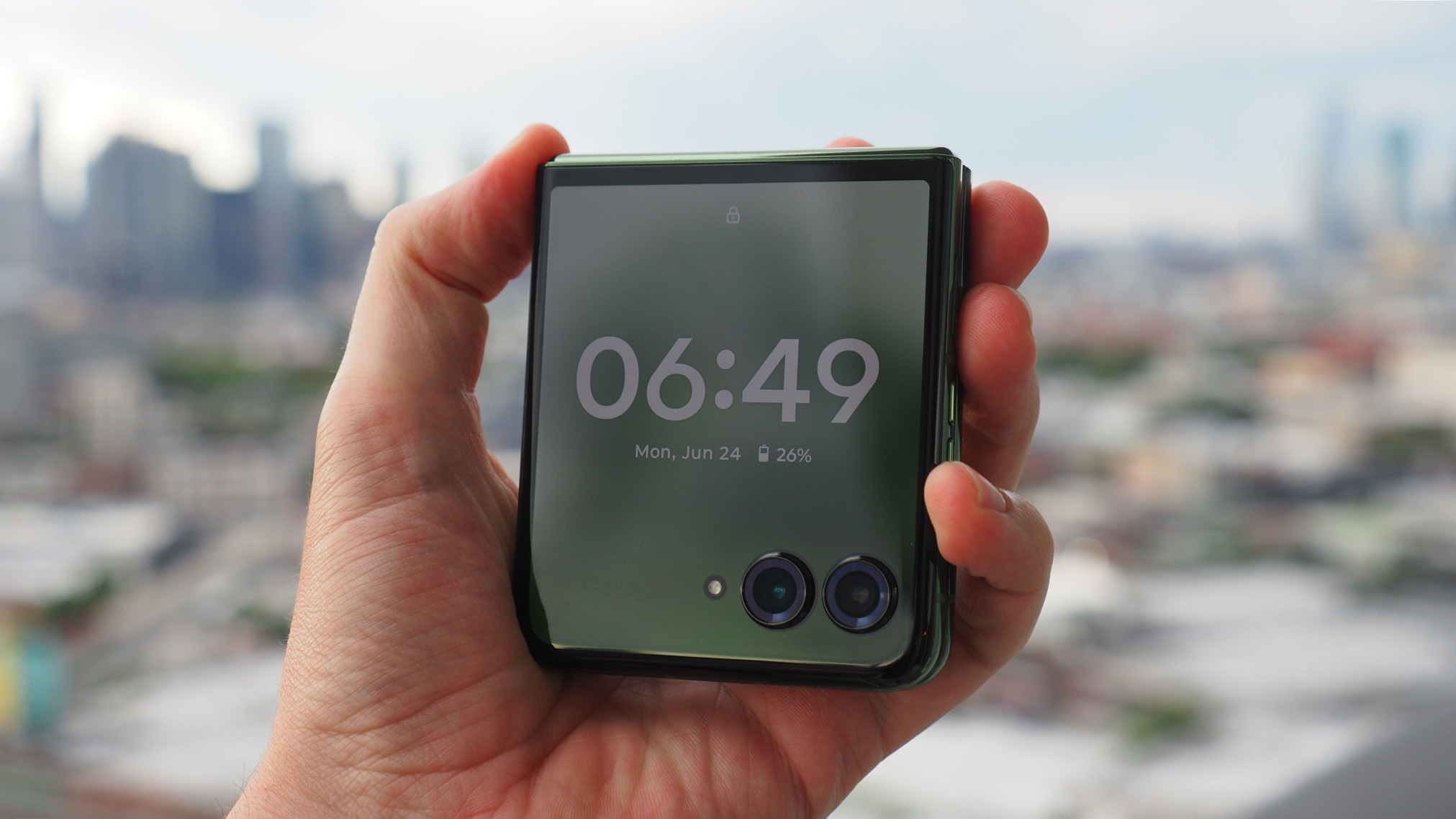
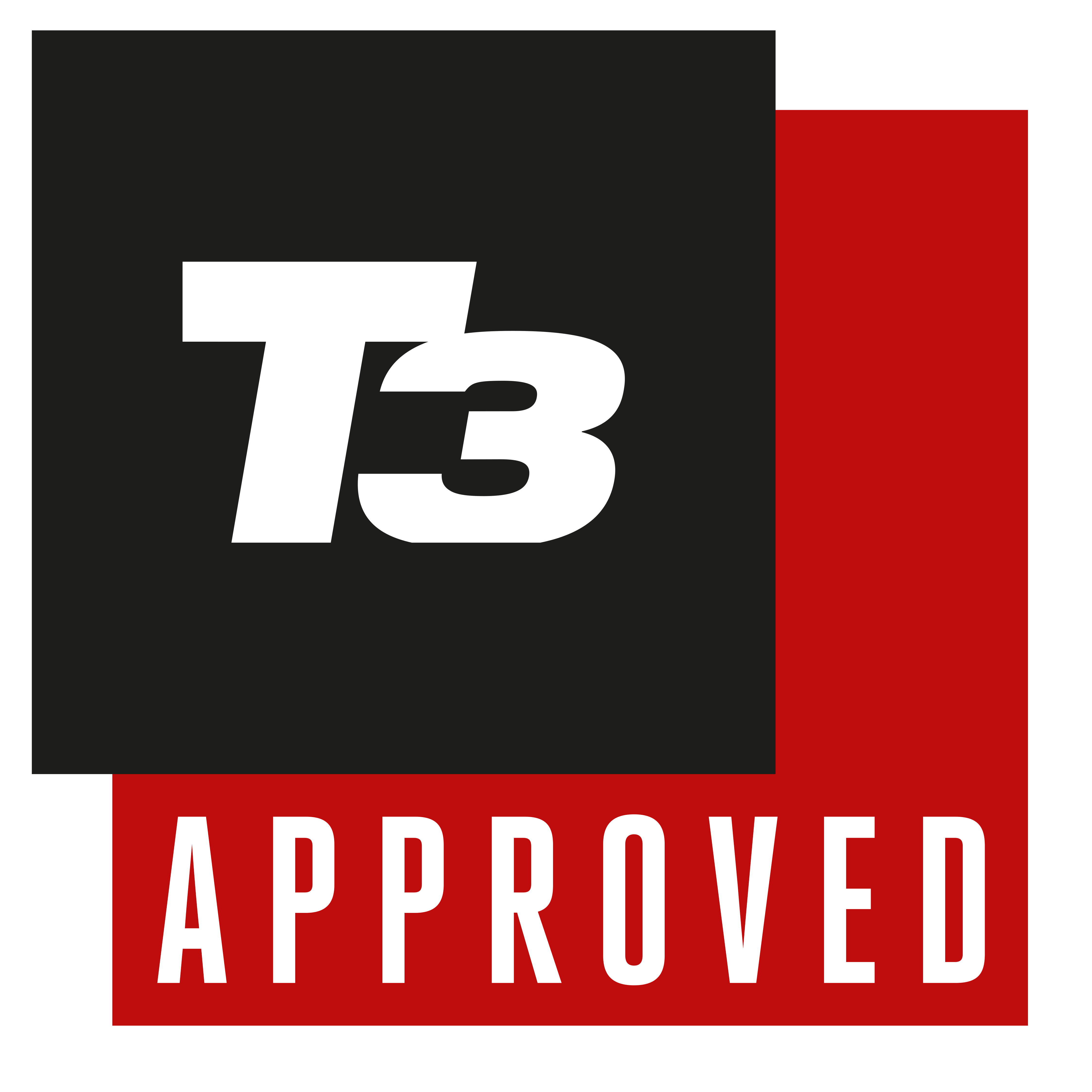
Specifications
Reasons to buy
Reasons to avoid
If a flip phone is the foldable form factor you want to go for, then may we recommend the Motorola Razr 50 Ultra: it scores highly in all the key areas, including performance, build quality, camera specs, and more besides.
There's far more information in our Motorola Razr 50 Ultra review, where you'll see we described this phone as "easily the best flip phone you can buy", which sports "the biggest and most usable cover display" as well.
You're not going to be disappointed in any aspect of this flip phone, except for maybe the battery life – which is average rather than outstanding. Motorola has a long history with flip phones, and it shows in this handset.
Best fold
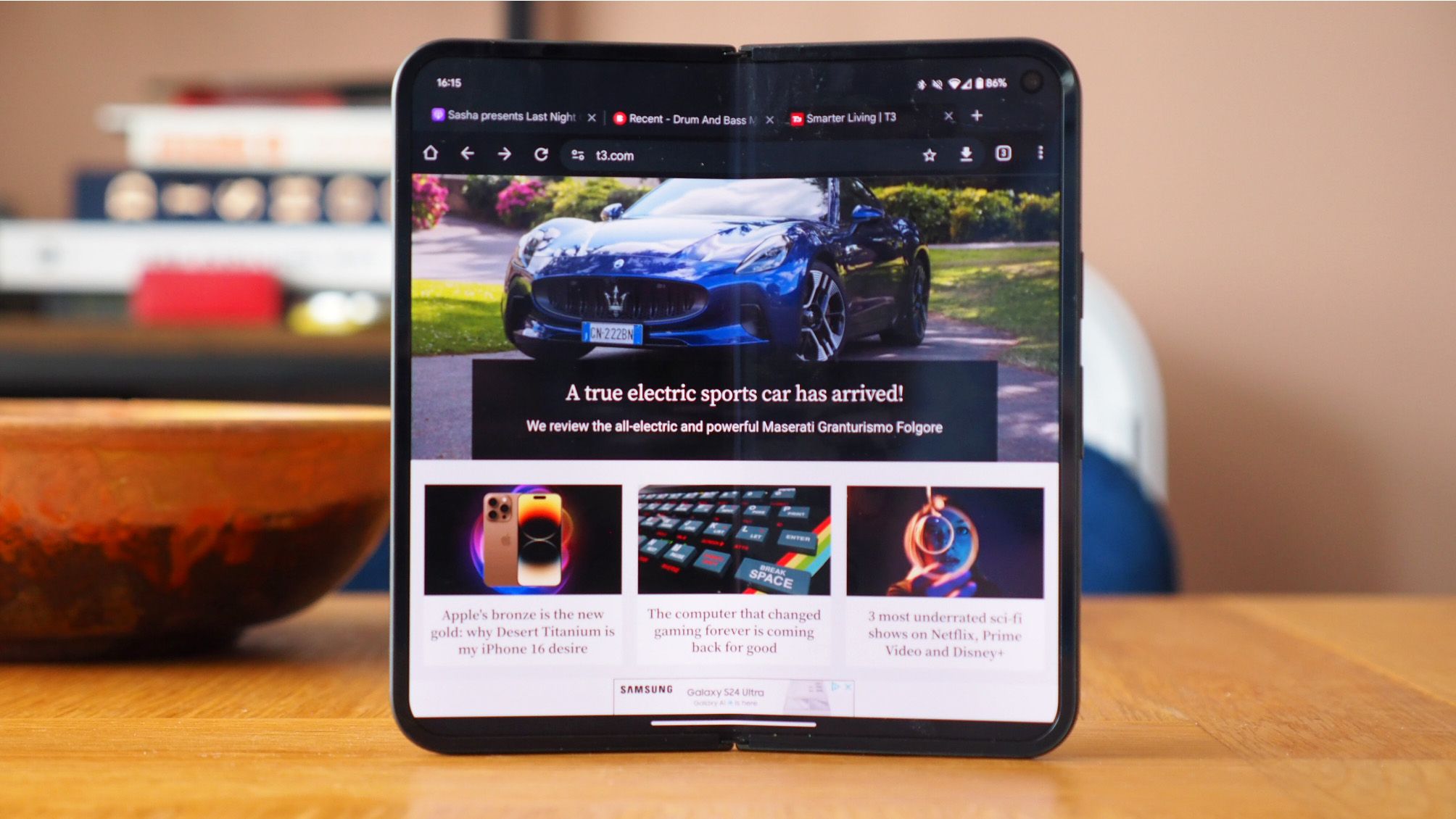
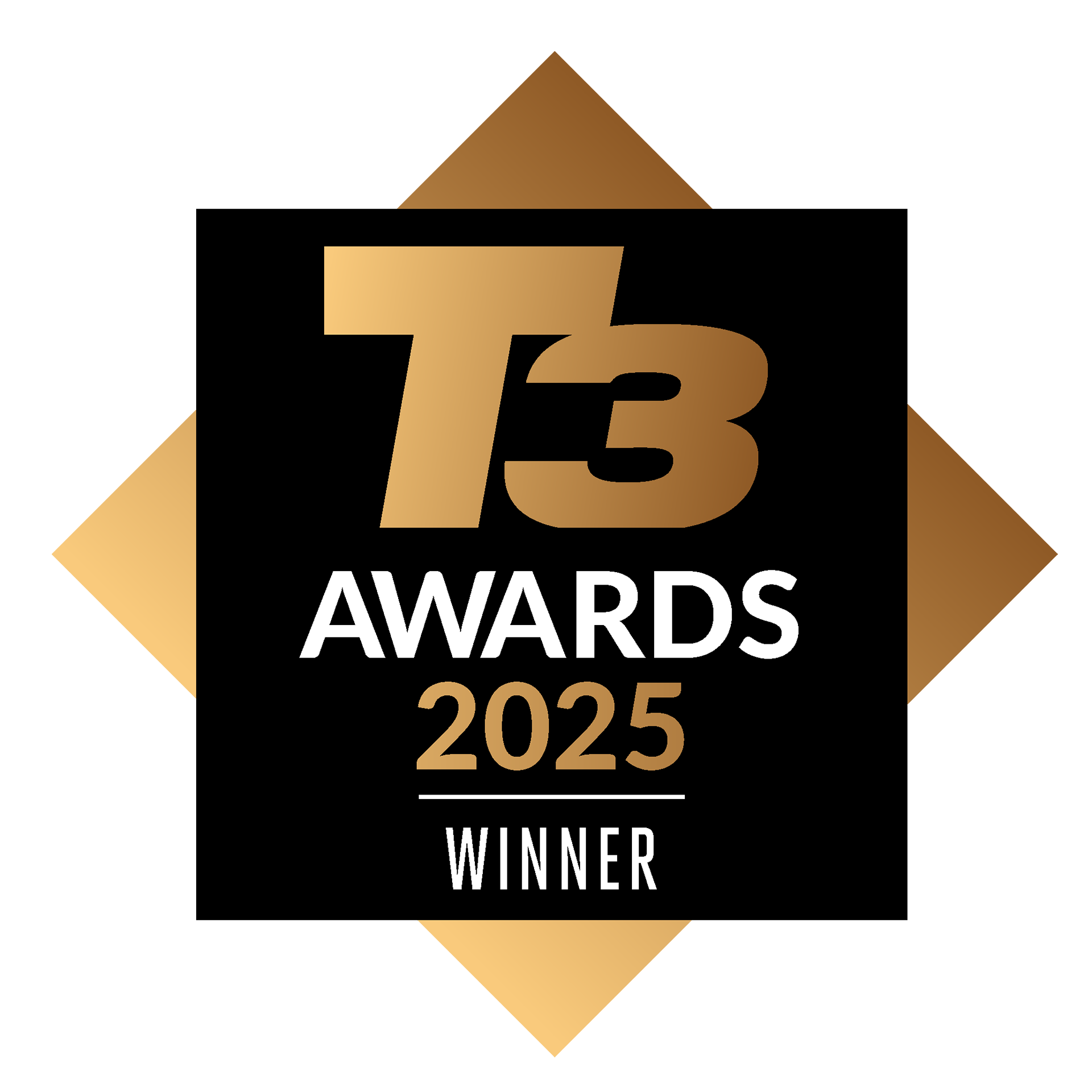
Specifications
Reasons to buy
Reasons to avoid
There's not much to say about this foldable that our Google Pixel 9 Pro Fold review already has: we called it "a giant leap forward" for foldables, albeit one that you're going to have to pay a substantial amount of money for.
It's a significant upgrade over the Google foldable that came before it, and perhaps just as importantly, it's a phone that you can use as normal when it's closed without feeling like you're getting a sub-par experience.
You get stacks of power, some serious camera quality, and Google's AI expertise with the Pixel 9 Pro Fold, and the two screens are fantastic too. Google has its work cut out to improve on this with another foldable.
Best affordable
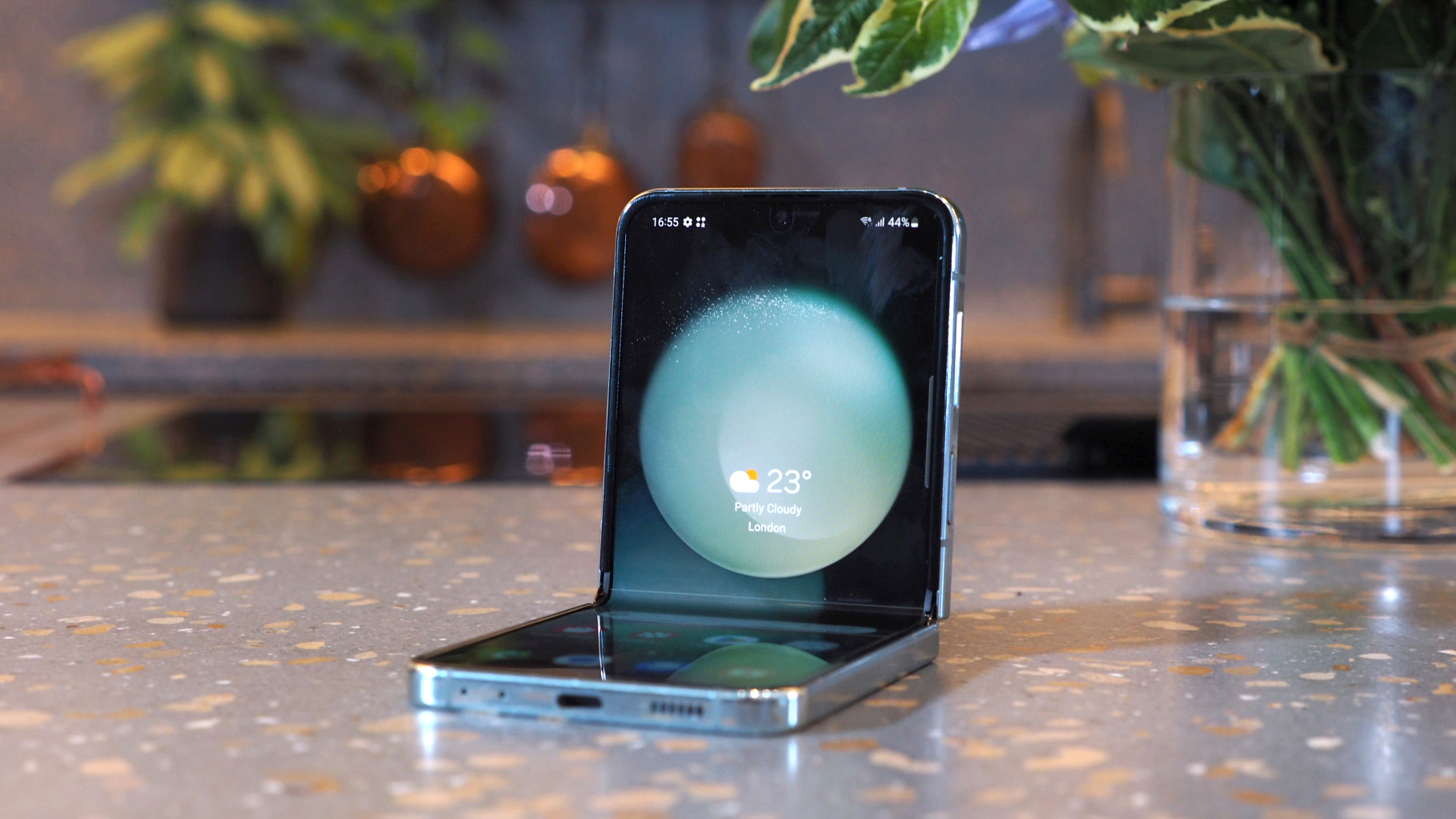

Specifications
Reasons to buy
Reasons to avoid
This is no longer the newest Galaxy Z Flip phone on the market, but we reckon it's the best value one at the moment. If you're looking for a foldable that gives you the most bang for your buck, then this could be the one.
While the main appeal is the price, that's not the whole story. The displays, the internal specs, the on-board software, and the camera setup all stand up well compared to this phone's rivals, so it's an appealing all-round package.
Head to our Samsung Galaxy Z Flip 5 review for more details, where you'll see we used the phrase "flippin' great" and had plenty of praise for the different components that add together to make this foldable handset.
Best premium


Specifications
Reasons to buy
Reasons to avoid
If it's a premium, high-end foldable that you're after, then the OnePlus Open is our pick right now. The first foldable from OnePlus helped set a new high bar for the form factor when it launched, and it's a real star.
It looks good, and – perhaps more importantly – feels good to use, it has two gorgeous large dual displays, it's packed with power (including a Qualcomm Snapdragon processor), and the software is well done too.
Battery capacity and battery life impresses as well. As we said in our OnePlus Open review, this is "undeniably a major success" as a phone, and one that doesn't compromise in any of the key departments.
Best thin and light
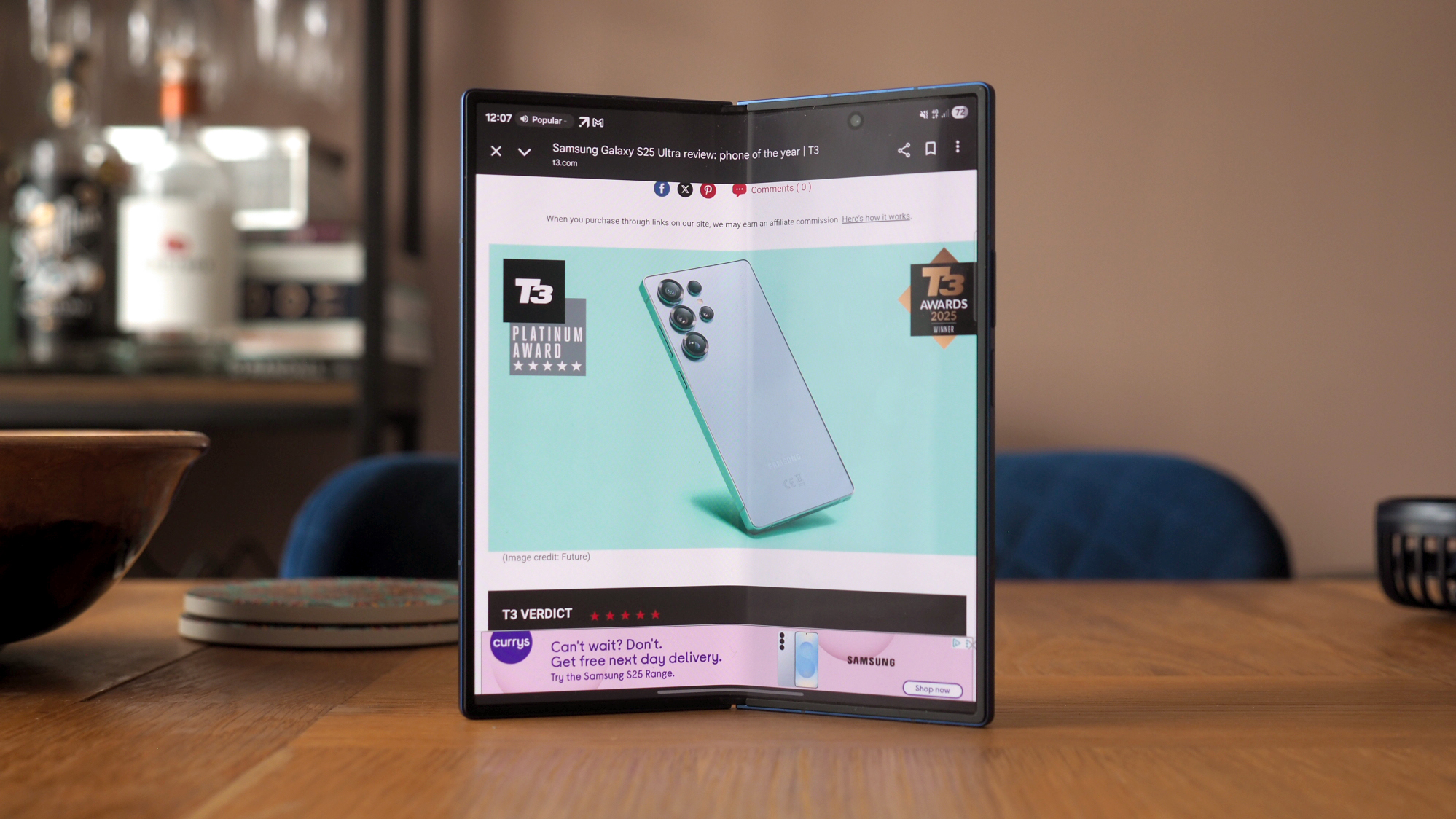

Specifications
Reasons to buy
Reasons to avoid
One of the newest phones on the foldable block, the Samsung Galaxy Z Fold 7 shows just how far foldable engineering has come recently: it's an exceptionally thin, light, and well made piece of consumer technology.
As we put it in our Samsung Galaxy Z Fold 7 review, this is a handset that represents "a flagship with the benefits of a foldable design – and little compromise" – and it's undoubtedly one of the best foldables around.
You've got plenty of power under the hood here, decent battery life (despite the thinness), a capable camera setup, and customised Samsung software on board that's slowly improving with each passing iteration.
Best if priced right
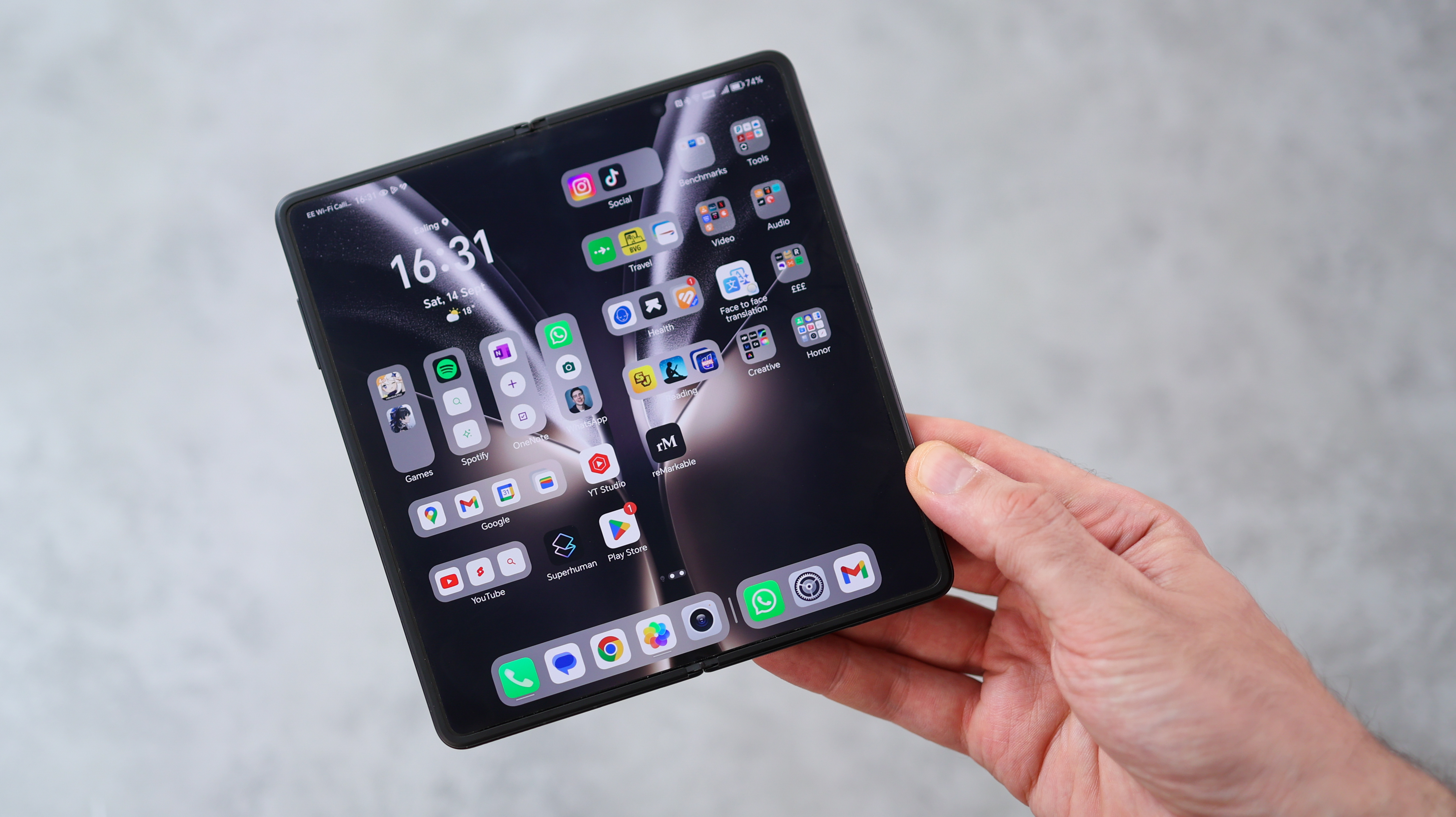

Specifications
Reasons to buy
Reasons to avoid
As our Honor Magic V3 review will tell you, there's a lot to like about this phone, and as time goes on we're seeing it appear at some very competitive prices too – which adds to its appeal as a potential purchase.
We highlighted the "very thin and light design", the "fast-charging and decent battery life", and the "impressive cameras" in our review, and all of those qualities add up to give us a foldable that is well worth a look.
Honor may not be as familiar a name as some of the other manufacturers on this list, but here it's managed to put together a top-quality handset that ticks all the right boxes and is getting increasingly affordable.
Honorable mentions
We've put together the most comprehensive list we can on this page, but there are some foldables that while they didn't quite make the official cut, are still worth mentioning and looking out for.
Oppo Find N5: in our review of the Oppo Find N5, we called it potentially the hottest foldable ever, and it's certainly beautifully designed and expertly crafted – although it's not available in the UK at the moment.
Samsung Galaxy Z Flip 7: the Z Flip 7 has only just arrived on the scene, so we need to spend more time weighing up whether or not it should make this list, but it definitely offers some impressive specs and features.
How to choose the best folding phone for you
When it comes to picking a folding phone there are a whole lot of considerations to think about, especially if you haven't picked up a foldable phone before – in which case, welcome to the party.
You need to weigh up each aspect of these phones in turn, such as display size, for example.What are you looking for? A clamshell flip phone is obviously more pocketable, but the screen isn't bigger than a traditional phone as a result when unfolded.
Larger, book-like foldables obviously offer much larger internal displays, but consider whether you truly need this or not. Also consider the screen's aspect ratio, especially on the exterior.
As always with any phone, there are multiple other features to consider. Is there waterproofing? Will the operating system deliver what you need? Can you cope with the smaller battery life of a foldable compared to a traditional phone?
Price is of course going to be an important factor too. There's no getting around the fact that you're going to be spending more than normal for a foldable phone, but you might not have to pay as much as you think, especially on older hardware.
How we test the best folding phones
There's a lot to weigh up when reviewing one of today's best folding phones, but key to T3's testing is that our reviewers live with the device as if they're their own, to get a full understanding of day-to-day living with these products.
In addition there are key areas that we test. Firstly, we judge the phone from a build quality perspective. How does it feel, has it improved generation to generation, is there water-proofing and other such features? The kind of features you'll want to know about, in particular context to 'what's new?' if it's an updated product in a given line-up.
Next we review the display, or in the case of folding phones, displays plural. How do they look? Do they fold flat? Are there prominent crease issues? Any other nitpicks to be aware of after extended use both inside and out? What about in context to other folding phones on the market when it comes to best of the best?
Then we test out the hardware. Beyond benchmarking this is down to how things perform in the real world. From user experience, to battery testing, to software highs and lows, and how this all fits into the overall package compared to what else is out there.
The last part of the puzzle is usually the product's cameras. This is more and more important for users, so that's why we live with these handsets as if they're our own, shooting in various conditions to test out the features and the overall results. If there are areas to improve upon we'll shout it out.
Only then, once we've given each device a true lived-with test over some days or even weeks, will we award a score to a phone, with the elusive 5-stars being the highest rank a product can get.
FAQs
You've got questions – and we've got answers. These are some of the most common queries among people who are picking up a foldable.
Flip phone or book fold?
There are two main types of folding phones. If you're after something small and pocketable, where the idea of a smaller cover display appeals to act as a preview/alert mechanism to help you lay off so much use of your device, then a clamshell or flip phone is likely to be your best option.
However, if you find using a traditional phone always leaves you wanting more, then a book-style foldable is the more appropriate option, as it can open out to tablet-like proportions which can help you be more productive with multiple apps, or simply enjoy the big-screen experience when it comes to consuming media.
Does brand name matter?
At present all folding phones are based around Google's Android system (there's no folding iPhone yet), so the base software is the same.
Manufacturers do add their own software skins over Android, however, which can add various ease-of-use features or additions, and you may have a preference as to which you prefer – this is hard to know without practical testing, of course.
Brand name doesn't necessarily matter, but do look into the software on board in each case – and check out live demos, if you can.
Are these phones reliable?
Not so long ago, the idea of a glass smartphone screen you could fold in half seemed like the stuff of sci-fi movies, but it's now very much a reality – as the handsets we've listed above will tell you.
While the earliest foldables did have some issues with reliability, the tech has now matured enough that you don't need to worry about it. These foldables are built to last, with increasingly durable hinge mechanisms.
Reviewer Panel

Mike runs the tech section here at T3, and he's our go-to guy when it comes to reviewing foldable phones. He's got extensive knowledge about what can make or break a foldable, as you can see in the reviews above.

With more than a decade in the tech journalism field, Basil prides himself on the detail and thoroughness of his reviews, across all categories – and that extends to the foldable phones that he's extensively tested for T3.
Get all the latest news, reviews, deals and buying guides on gorgeous tech, home and active products from the T3 experts
Dave has over 20 years' experience in the tech journalism industry, covering hardware and software across mobile, computing, smart home, home entertainment, wearables, gaming and the web – you can find his writing online, in print, and even in the occasional scientific paper, across major tech titles like T3, TechRadar, Gizmodo and Wired. Outside of work, he enjoys long walks in the countryside, skiing down mountains, watching football matches (as long as his team is winning) and keeping up with the latest movies.